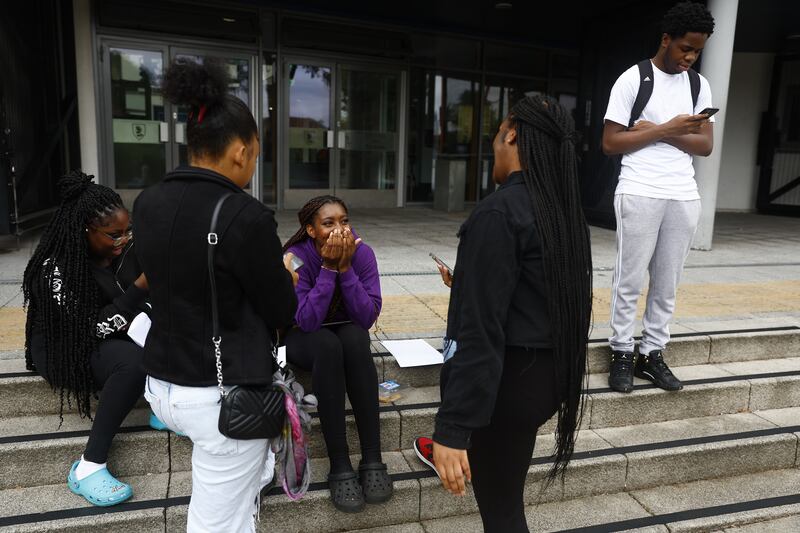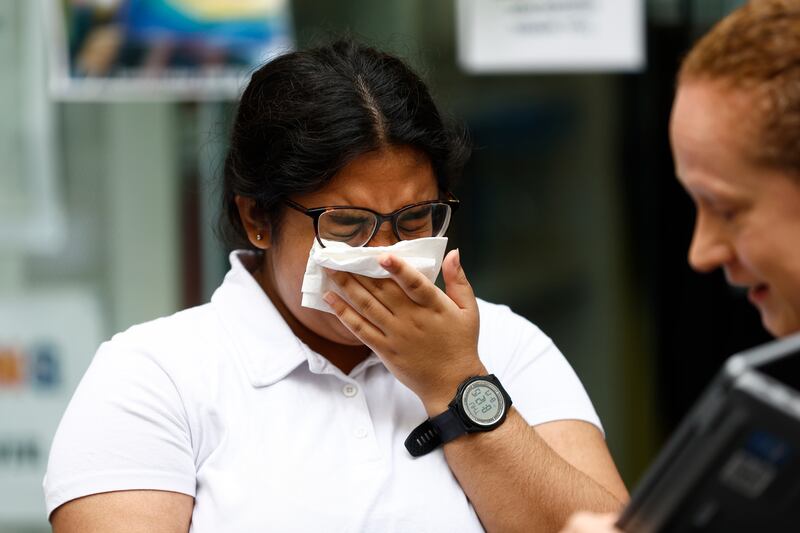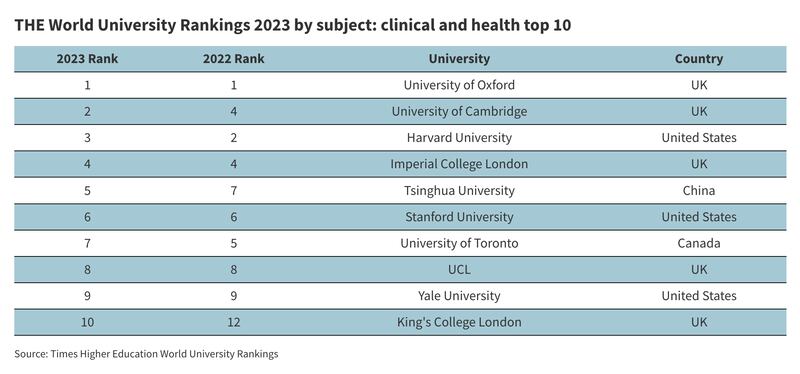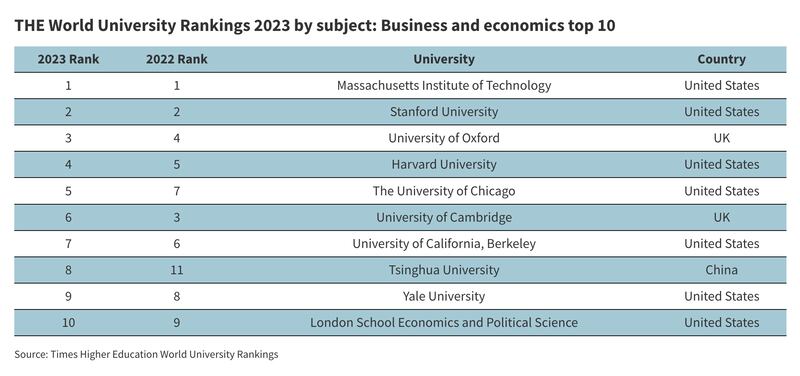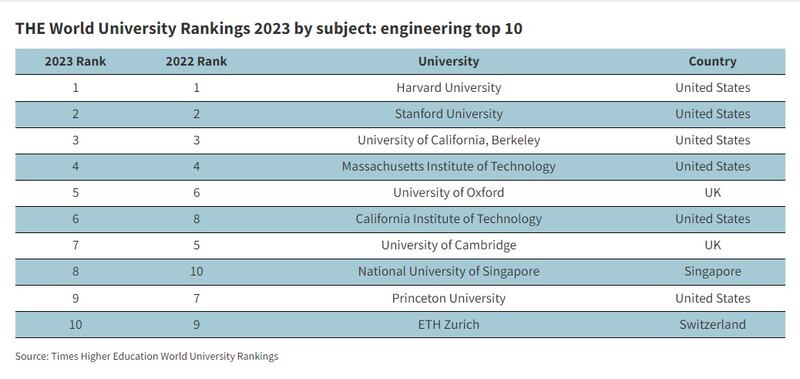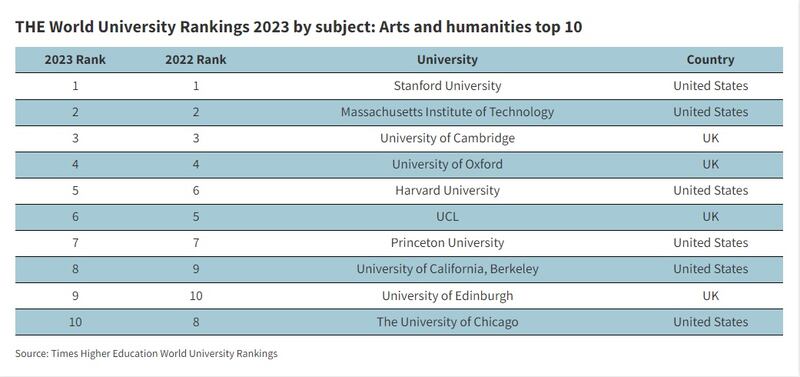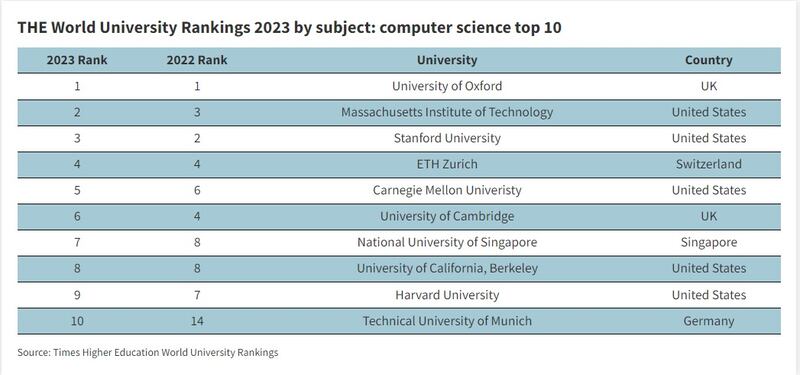The proportion of pupils receiving top A-level results has fallen as examiners return to pre-coronavirus grading – but this year's marks remain above 2019 levels, national figures have shown.
In England, exams regulator Ofqual had predicted this year's A-level results would be lower than last year and similar to those in 2019.
It comes after Covid-19 led to an increase in top grades in 2020 and 2021, with results based on teacher assessments instead of exams.
The fall in grades triggered concern for university places, as data from Universities and Colleges Admissions Service (Ucas) said the number of pupils accepted on to UK degree courses was 2.6 per cent lower compared with the same point last year.
In total, 414,940 have taken up places so far, Ucas said.
Some experts had predicted that those in the UK could face more competition this year due to an increasing preference for higher-paying international students.
But places for international students were actually a couple of points down on last year, according to Thursday's figures.
Ucas chief executive Clare Marchant said the situation may change as students enter clearing, which makes places available to those who do not meet the conditions of their offer on A-level results day, as well as others who did not receive any offers.
"Obviously that picture will change as we go through the rest of clearing, which runs all the way through to mid-October.
"But we are just not seeing some of that story play out," she said in a BBC radio interview on Thursday.
The Ucas figures show that 51,210 international students have been accepted for university places in the UK so far this year, compared to 52,440 last year, representing a drop of 2.3 per cent.
The top three countries with "placed applicants" are China, with 11,630 acceptances in 2023 compared to 13,180 in 2022; followed by India, with 4,780 acceptances versus 4,050; and Hong Kong, with 3,050 acceptances versus 3,420.
Education Secretary Gillian Keegan said international student places at UK universities had “remained steady” over the past several years, with little change.
The results show:
- A total of 27.2 per cent of entries were awarded either an A or A*, down from 36.4 per cent in 2022 but up from 25.4 per cent in 2019.
- About one in 11 entries received an A*. This is down from about one in seven in 2022, but higher than the figure in 2019, which was 7.7 per cent.
- The overall pass rate (grades A* to E) was 97.3 per cent. This is down from 98.4 per cent in 2022 and also below 2019, which was 97.6 per cent. It is the lowest figure since 2008, when it stood at 97.2 per cent.
- About 76 per cent received a C or above, down from 82.6 per cent in 2022 but slightly above the pre-pandemic figure of 75.9 per cent in 2019.
- The proportion of A* and A grades at private schools was 47.4 per cent, up 2.6 percentage points on 2019‘s figure of 44.8 per cent. That is larger than the proportional increase of A*/A grades achieved at comprehensive secondary state schools, which rose to 22 per cent this year from 20.1 in 2019.
- A quarter, or 25.4 per cent, of academy entries achieved A*/A grades, up from 24 per cent in 2019, while 39 per cent of selective school entries achieved top grades this year, compared with 37 per cent in 2019.
Ahead of the release of the results, Ms Keegan said during morning media interviews: "All we have done... is go back from teacher-assessed grades."
UK pupils receive their A-level results - in pictures
The Education Secretary said that reports that university clearing was going to prioritise international students because they pay more were “misleading”.
She said the proportion of undergraduate students who come from overseas has remained broadly steady at about 15 per cent over the years.
"What was looked at in clearing was a snapshot that was very misleading because the international students get their A-level equivalent results earlier, so there was more clearing put in for international students.
“All of those courses have now been loaded up, 29,000 of them, for home students as the A-level results are now [available].”
In England, tuition fees for undergraduate students from the UK are capped at £9,250 ($11,766) a year.
But universities can charge overseas students significantly higher fees. Experts said international students typically pay £20,000, but it can be more depending on the course.
Writing in The Times on Thursday, James Kirkup, director of the Social Market Foundation, said: "On current trends before the end of the decade, British universities will get more tuition-fee revenue from foreign students than from British ones.
"This is a serious risk for universities, and Britain. For universities, it makes their income dependent on geopolitics and UK immigration policy, both of which are unpredictable and often irrational.
"The answer here is simple and difficult – raise tuition fees. Restoring them to their 2017 value would mean students paying £11,765 a year, adding almost £3 billion to each year's cohort."
Ms Marchant said the number of universities opening courses in clearing only to international students this year was "broadly consistent with previous years".


